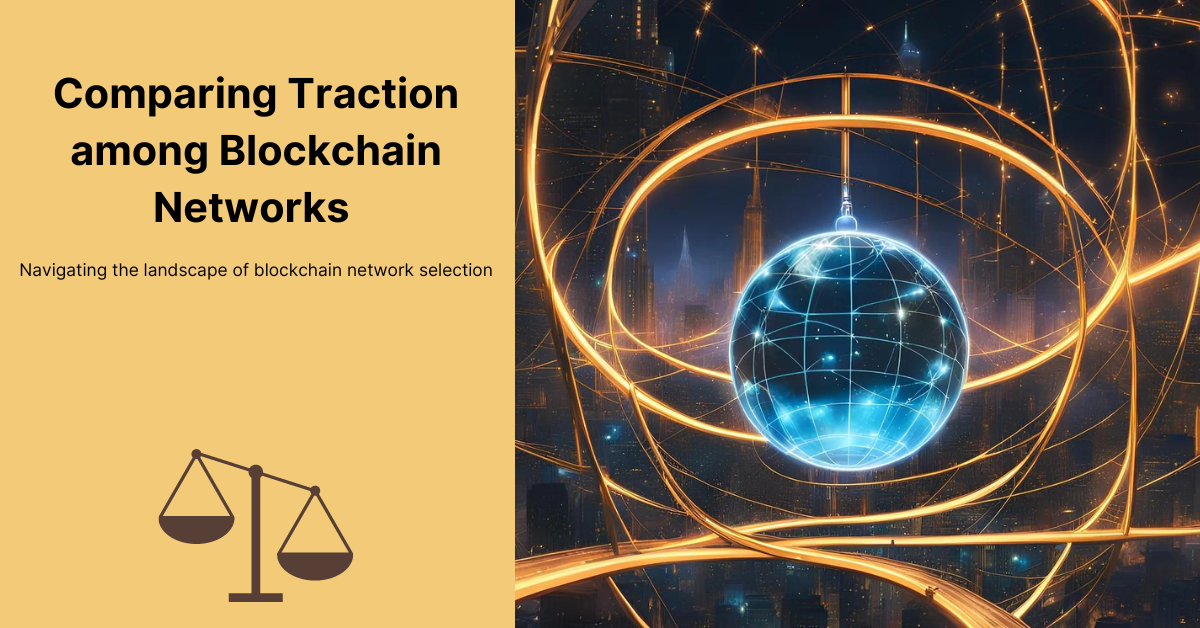Blockchain Myths: Energy Consumption
Blockchain’s well-documented advantages compared to similar technologies are sometimes not enough to persuade a layman to give the technology a try—mainly owing to persistent myths that are only partially based in reality. One of these common misconceptions is that blockchain, as a rule, uses a lot of power and is therefore too expensive or even irresponsible for most. The truth is slightly more complicated, but also more favorable towards those who would choose blockchain for their business needs.
Where the Myth comes From
Due to Bitcoin being the best known blockchain, many believe that the issues Bitcoin have are the same for every blockchain application across the board. It is true that Bitcoin is very computationally heavy—its annual energy consumption is estimated to be more than 75 TWh, which is comparable to the power consumption of Chile—but Bitcoin is only one blockchain-based project. Its power usage stems from the fact that it uses a consensus algorithm called Proof of Work (shortened PoW), which requires miners to submit proof that they’ve done the required work, as the name implies, in order to collect their reward before anyone else can beat them to it.
In other words, PoW is a very competitive algorithm. Every solved puzzle is one block added to the blockchain; Bitcoin receives a new block every ten minutes and the algorithm adjusts itself in case this happens sooner or later than expected, by tweaking the difficulty level of the puzzle. This means that a huge number of highly specialized mining tools are exerting incredible amounts of power to solve the puzzle and collect the attractive reward (which was 6.25 BTC as of the time of writing).
What are the Alternatives?
Proof of Work is very inefficient in terms of energy consumption, beyond doubt. However, it is far from the only consensus algorithm currently in use. A major competitor is Proof of Stake (PoS): a concept that states that a person can either mine or, more commonly, validate block transactions according to the amount of cryptocurrency they hold. In other words, a participant’s power is directly proportional to their native cryptocurrency holdings in any given network—not unlike company shareholders. The more cryptocurrency a participant stakes, the more likely they are to be chosen to validate the next block and therefore receive the transaction fees included in that block. Should they want to cheat, however, their stake is forgone. In other words, the power consumption point becomes moot in the case of PoS: it is simply not relevant to the network’s functioning.
Proof of Stake is not just a potential alternative to Proof of Work: it was first implemented in 2012 with Peercoin and has since become the basis to many blockchain platforms. One of them is Ethereum (its native cryptocurrency ETH is second only to Bitcoin in terms of market capitalization): although it is still based on Proof of Work, it has begun the laborious process of switching to the energy efficient Proof of Stake. Another public example is Polkadot, a platform that has gained popularity within the past few years for its next gen ideas.
It’s important to understand, however, that consensus algorithms as a rule exist only because these blockchains are public and strive to offer equal access to everyone. They’re there to make sure nobody is getting unfair treatment, be it positive or negative. When a blockchain is private, the owner(s) can set the rules which determine who has what kind of access.
This means that enterprise-level users often have nothing to worry about: this side of the technology is handled by the blockchain service provider. They will not use Proof of Work as a rule: this algorithm is only suited for decentralized networks that favor security, accessibility and fairness above energy consumption. In the less likely case that the customer needs a specific highly distributed consensus algorithm—they will usually be able to choose between a number of energy-efficient algorithms. Proof of Stake is only one of them; others include Proof of Authority, Proof of Elapsed Time, etc.
What can I Do?
If energy consumption is your biggest obstacle when it comes to potentially implementing a blockchain solution into your business, then you can rest assured that it is much less of an issue than you may have thought. Blockchain solutions geared towards enterprise-level customers are often far more advanced and adaptable than their public counterparts, in part because they expect far less traffic, along with more specific use cases.
Not only is the energy consumption of permissioned blockchains lower by many orders of magnitude than that of PoW-based systems, it can also be further decreased by having blockchain be part of a hybrid solution in which on-chain workflows are decreased to a minimum. A research paper by Sedlmeier et al. (The Energy Consumption of Blockchain Technology: Beyond Myth) additionally states that in some instances, such as supply chain, the energy consumption of blockchain is still a massive improvement to the carbon emissions caused by the current system, which often includes a huge paper trail and generally slow and laborious processes.
This means that weighing the pros and cons of using a blockchain solution compared to what you already have is a solid first step towards deciding whether it will work for you. The second step is choosing the blockchain provider you like the most and addressing any energy consumption concerns with them, as they will be able to give you detailed answers pertaining to your specific case.
Interested in learning which problems blockchain targets and whether you could apply it to any problem areas in your business? Sign up for one of our upcoming Principles of Successful Deployments webinars.
Feel free to leave a comment if you have any questions, if you believe we missed any important arguments of the energy consumption aspect, or if you want to find out more about the blockchain myths we are covering.

